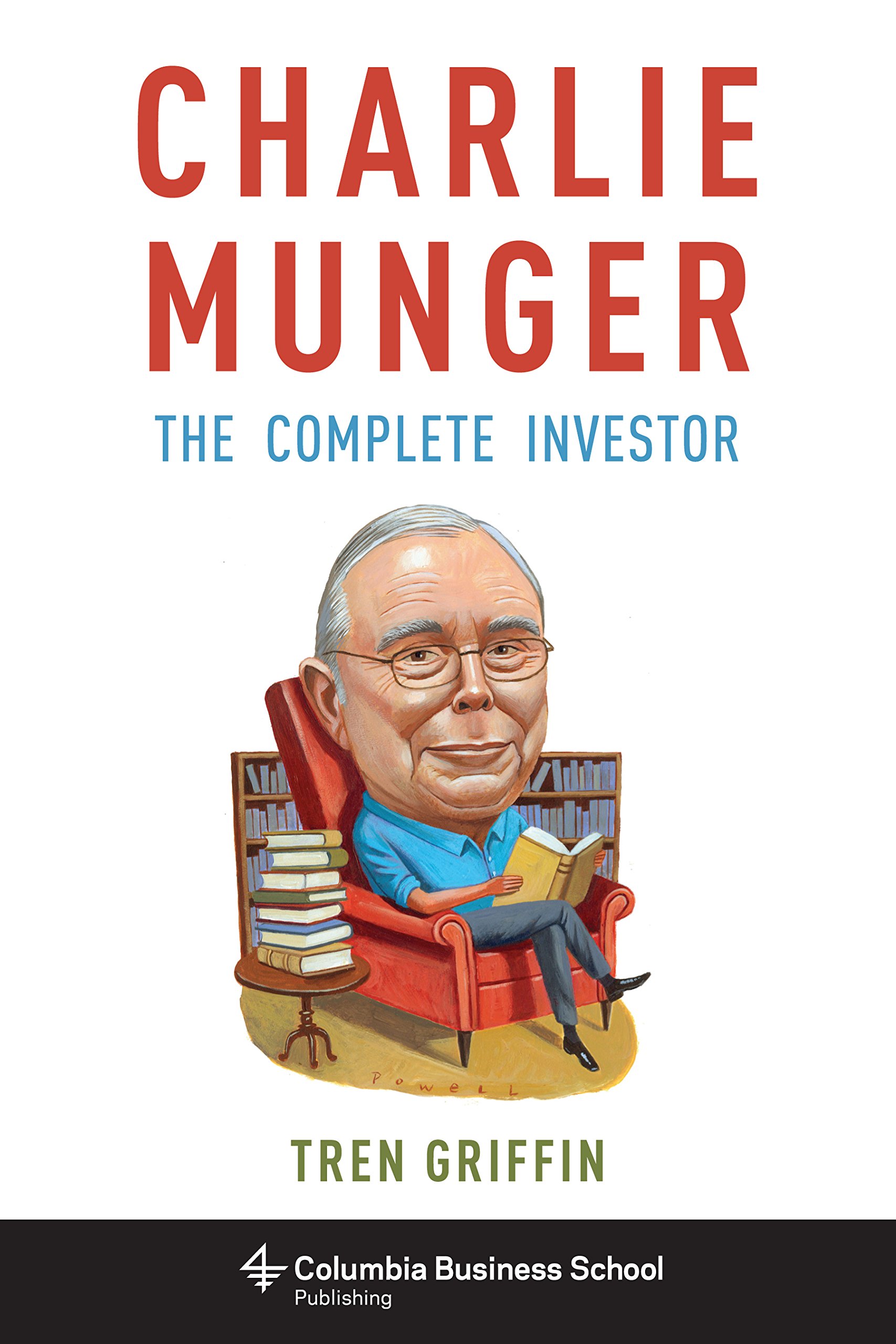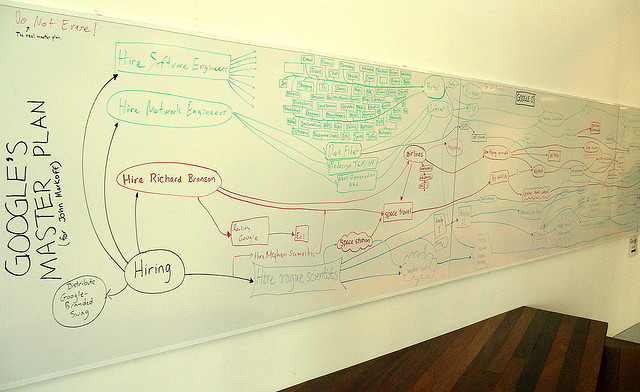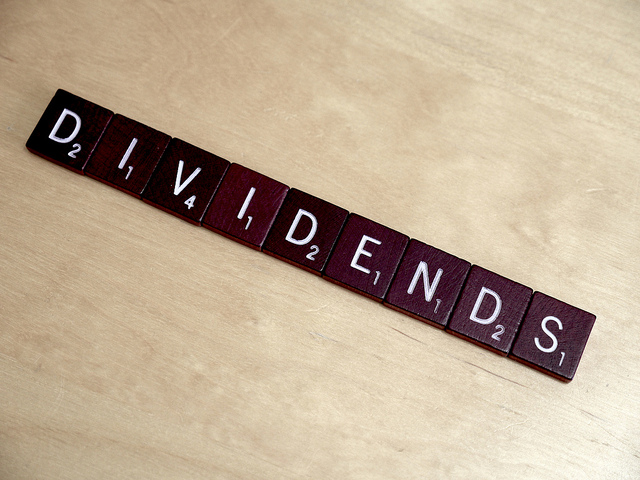Book Review: Charlie Munger: The Complete Investor
This book is written by an interesting man about another interesting man. ?Tren Griffin writes a respectable blog called 25iq. ?His main topics are the theory of value investing, and what he has learned from bright investors and businessmen. ?One of his favorite businessmen/investors that he likes studying is Charlie Munger, and that’s why he wrote the book.
Why is Tren Griffin interesting, aside from his writing? ?Well, he solved a practical problem of his own once using the ideas of Munger and Buffett. ?As an executive at Microsoft, he had a large block of Microsoft stock during the dot-com bubble. ?His dilemma: should he sell his stock or not? ?After reading Munger particularly, he came up with a solution that I would endorse: he sold half of his holdings. ?A lot of good investing is getting around psychological barriers so that you are?happy with your results, and be able to sleep well at night. ?Selling half is never the optimal solution, but it is a good one amid uncertainty, and allows you to stop sitting on your hands amid danger.
A lot of what goes into the thought processes of Charlie Munger involves how investors let fear or greed get the better of them, and cease to think rationally. ?Learning these foibles has two advantages: you can try to train yourself to avoid these problems, and take advantage of the irrationality of others in business and investing.
In his book, Tren Griffin takes you through Munger’s thoughts on Value Investing. ?Particularly interesting to me was how the concept of Margin of Safety changed, and what role Munger played in its development. ?The key change was noting that businesses differ in quality, especially as to how long they can maintain above average returns on their invested capital, and how much of their profits would be free to be reinvested in the business. ?An ideal business would be a natural monopoly with a high return on capital, and a need for continued capital investment somewhat less than its profits.
Tren Griffin?also introduces you to the mental models of Munger. ?Strong generalist knowledge in a wide number of areas can aid making business and investment decisions. ?One drawback is that many of the mental models are clear and adequately described — the ones on human psychology. ?The rest are more vague, and seem to be?what a true liberal arts education should be, including math and science. ?Munger is a lifelong learner, and given how much the world changes, if you want to be competitive, you have to continually update your knowledge.
For those who are familiar with the way that Munger thinks, this is old hat. ?But for those that are new to it, this book is an excellent introduction, and is systematic in?a slim 150+ small pages of information. ?On that basis, I recommend the book strongly.
But, if you’re still not sure whether you would like the book or not, or whether it would be a good book for a friend of yours, you have an easy way to help you decide. ?Just visit the author’s blog, and look at the topics page. ?Scroll down and find the topic “Charlie Munger.” ?Of the nine articles presently there, pick two of them and read them. ?If you like them, you will like the book.
Quibbles
From my past dealings with authors, I know they don’t always control the title of the book, but this book is half about Munger and half about value investing generally, particularly the version of value investing practiced at Berkshire Hathaway. ?There are ample quotations from Buffett and other value investors along with more from Munger. ?If I had been structuring the book, I would have made it entirely about Munger, and might have included a biography if the book had not been long enough.
The appendices are a good example of that, in that they are less about what Munger thinks, and more about the way Berkshire Hathaway views value investing. ?The last appendix doesn’t seem to mention Munger at all.
Summary / Who Would Benefit from this Book
If you’ve read a lot of Munger, this book will likely not benefit you. ?If you are new to the thoughts of Charlie Munger, or want aid in clarifying his thoughts into a system, this book will help do that. ?If you want to buy it, you can buy it here: Charlie Munger: The Complete Investor.
Full disclosure:?I?received a?copy from a friendly?PR flack.
If you enter Amazon through my site, and you buy anything, I get a small commission.? This is my main source of blog revenue.? I prefer this to a ?tip jar? because I want you to get something you want, rather than merely giving me a tip.? Book reviews take time, particularly with the reading, which most book reviewers don?t do in full, and I typically do. (When I don?t, I mention that I scanned the book.? Also, I never use the data that the PR flacks send out.)
Most people buying at Amazon do not enter via a referring website.? Thus Amazon builds an extra 1-3% into the prices to all buyers to compensate for the commissions given to the minority that come through referring sites.? Whether you buy at Amazon directly or enter via my site, your prices don?t change.





